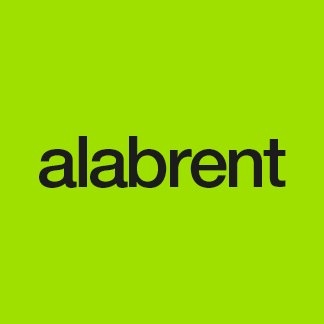Redacción Alabrent
For students graduating in ‘Grafimediatechnologie’ (Graphic Media and Technology), the bachelor thesis consists of a practice-oriented research project. Alumnus Ken Wittebrood investigated whether HTML, CSS and JavaScript could be used to generate files that are suitable for a graphic workflow.In his bachelor thesis, he was able to combine two of his passions: the graphic sector and web technologies. Here is how Ken Wittebrood explains the results of his research. "When you think of HTML and CSS, you don't immediately think of print, but the graphic sector has been evolving rapidly in recent years. The term 'crossmedia' is cropping up everywhere. Nowadays, of course companies have to have a web presence, but still, the power of print media should not be underestimated. However, crossmedia communication involves a lot of extra work for companies. The content has to be published on the web and then, on top of that, it has to be incorporated in a catalogue, flyer or book. Web designers and/or web developers take care of the website, and the tools they use are HTML and CSS. The very same content is then formatted once again by a graphic designer or prepress department for print. They generate a PDF file that is sent to the printers."
The aim of his bachelor thesis was to find out whether this process could be simplified. The research question for his paper was defined as follows: Is it possible to use HTML, CSS and JavaScript to create PDF files that are suitable for use in a graphic workflow?
The research
It may sound odd to take content that is not specifically intended for the web and format it with HTML, but this is not so unusual, actually. Think for example of EPUB, this popular eReader format also formatted with HTML and CSS.
HTML and CSS are markup languages for creating webpages. His research soon revealed that these technologies have shortcomings when the output has to be print rather than the web. The graphic production process is complex and requires a different way of working than the production process for on-screen material. Handling aspects such as CMYK, spot colour, defining the page format, PDF compatibility... are not possible with HTML and CSS. These are just a few of the reasons why HTML and CSS are not suitable for print.
In order to overcome the limitations of HTML & CSS Ken Wittebrood used pdfChip by callas software. This is a command-line application for converting HTML files into high-quality, print ready PDF files. The programmers at callas software extended HTML, CSS and JavaScript, so to speak, and added extra HTML elements and CSS attributes, so that they can be used specifically for a graphic workflow. Features such as CMYK colours, metadata, page format and advanced colour spaces are made possible thanks to pdfChip.
By analysing these extra HTML elements and CSS attributes, Ken hoped to answer questions such as: "How does pdfChip work?", "What can it do?" and “What are the potential barriers with pdfChip?". In addition to reviewing the literature for the theoretical research, he also created a number of practical cases, including a web application in which the user can enter data. Based on these data, the HTML template is filled and an imposition is automatically created that can be downloaded as a print ready PDF/X file.
The results
His research revealed that, with the help of pdfChip and the specific extensions of HTML, CSS and JavaScript, these languages can be used to create accurate PDF/X files. All the necessary elements that were missing in HTML and CSS for use in a graphic environment were resolved with pdfChip. Aspects such as CMYK colours, Pantone colours, colour profiles and rendering intents are supported, making it possible to use HTML and CSS to generate perfect PDF/X files.
In my opinion, modern prepress operators and designers are going to be increasingly dealing with crossmedia communication in the future. Companies want to work from a single code-base for both web and print. And pdfChip is a good solution for this problem. It allows content that needs to be published both on the web and in print to be formatted more quickly and efficiently.
www.callassoftware.com



